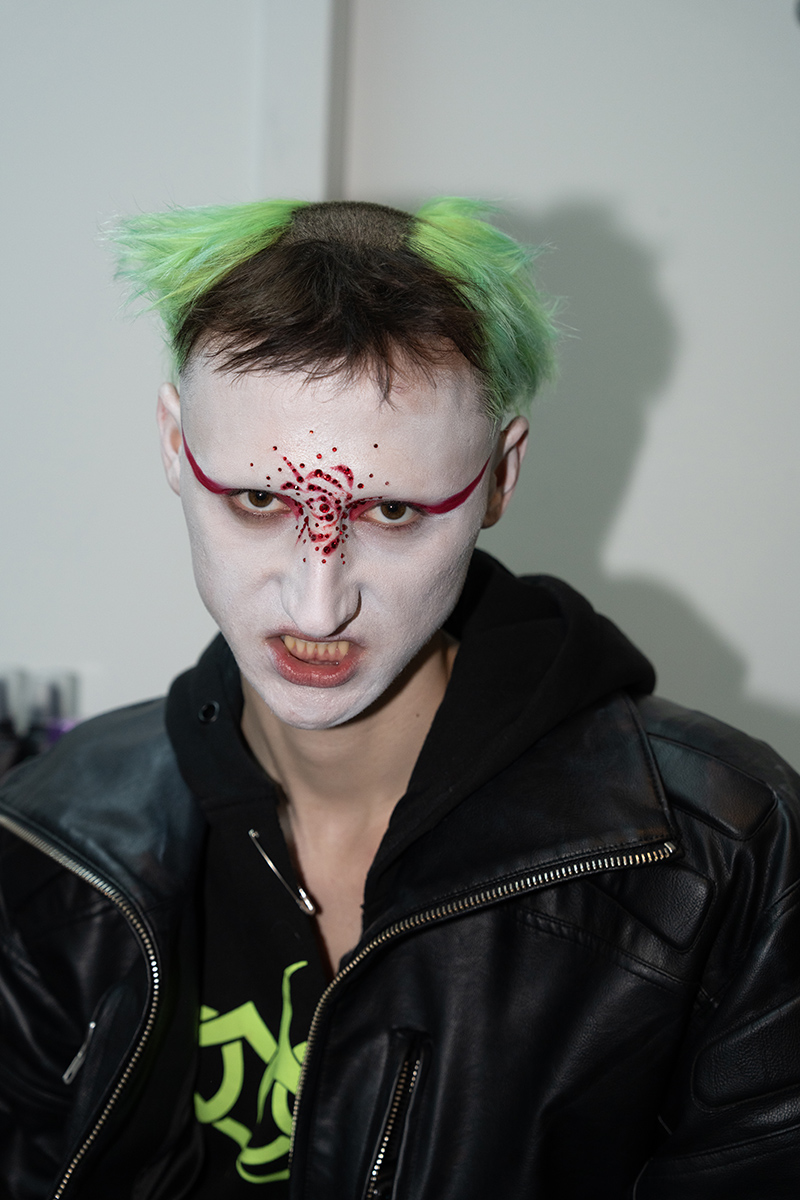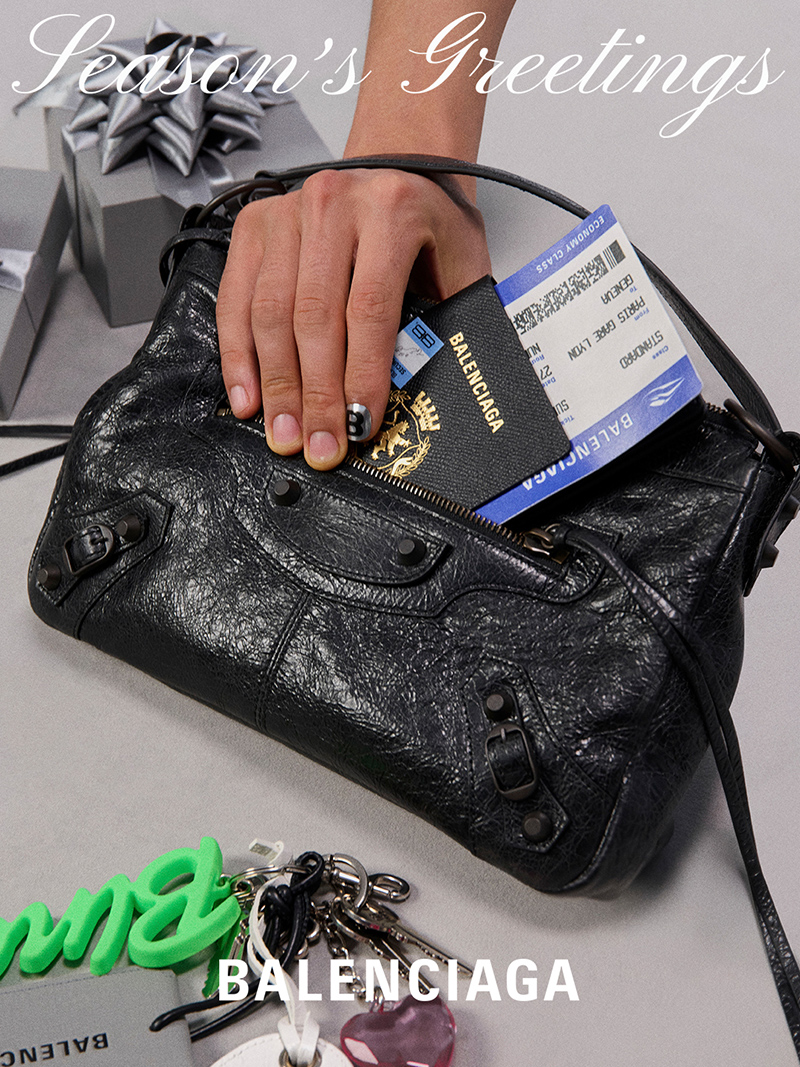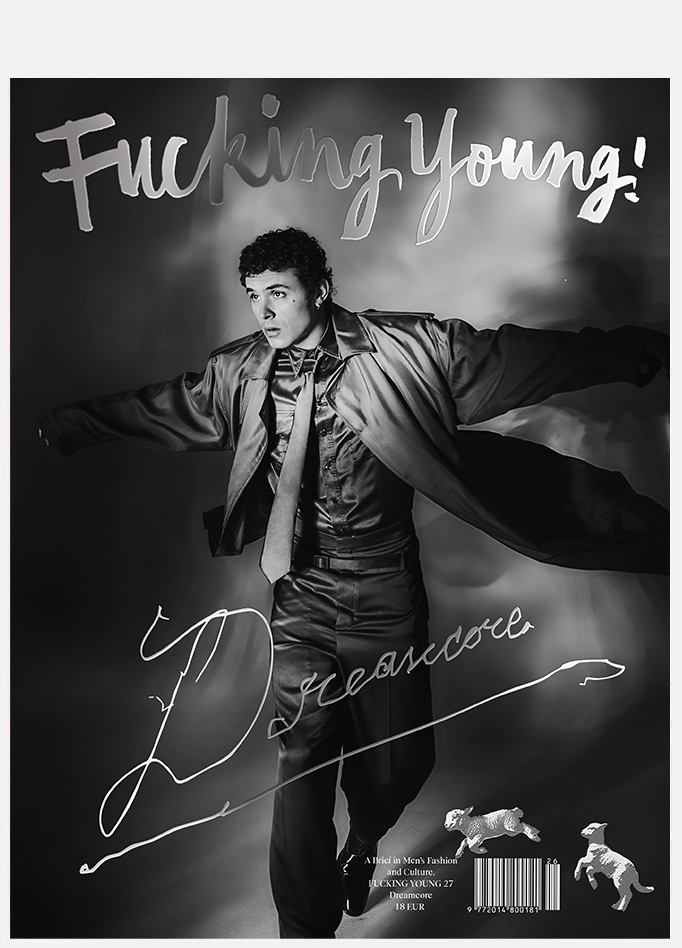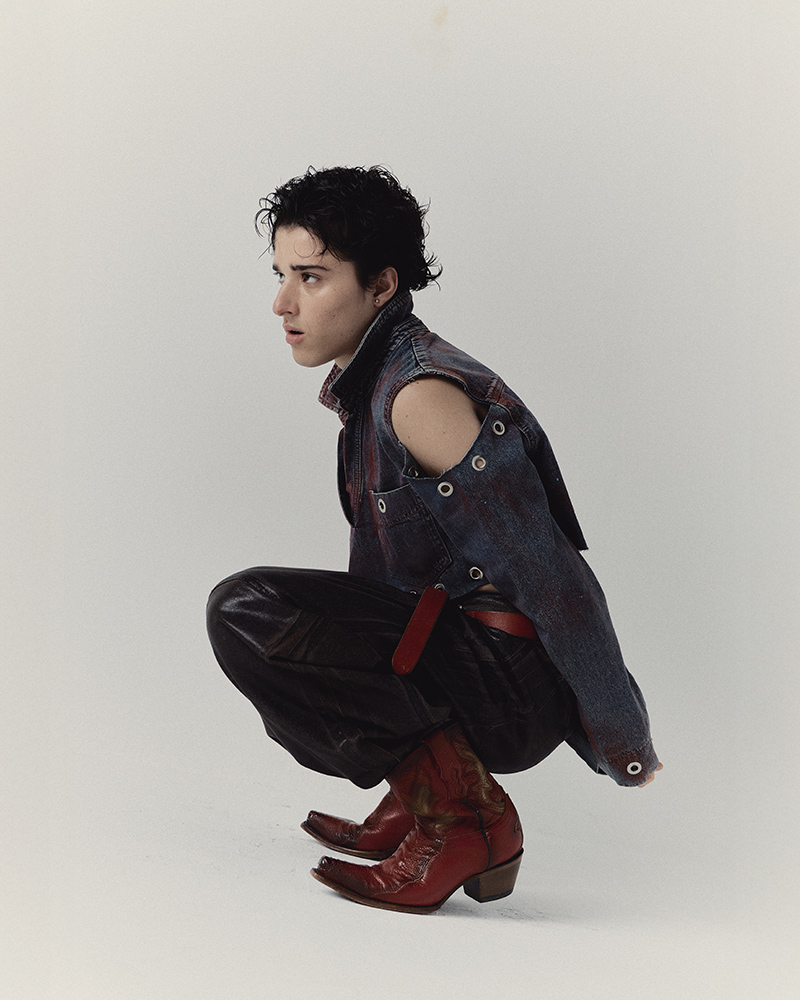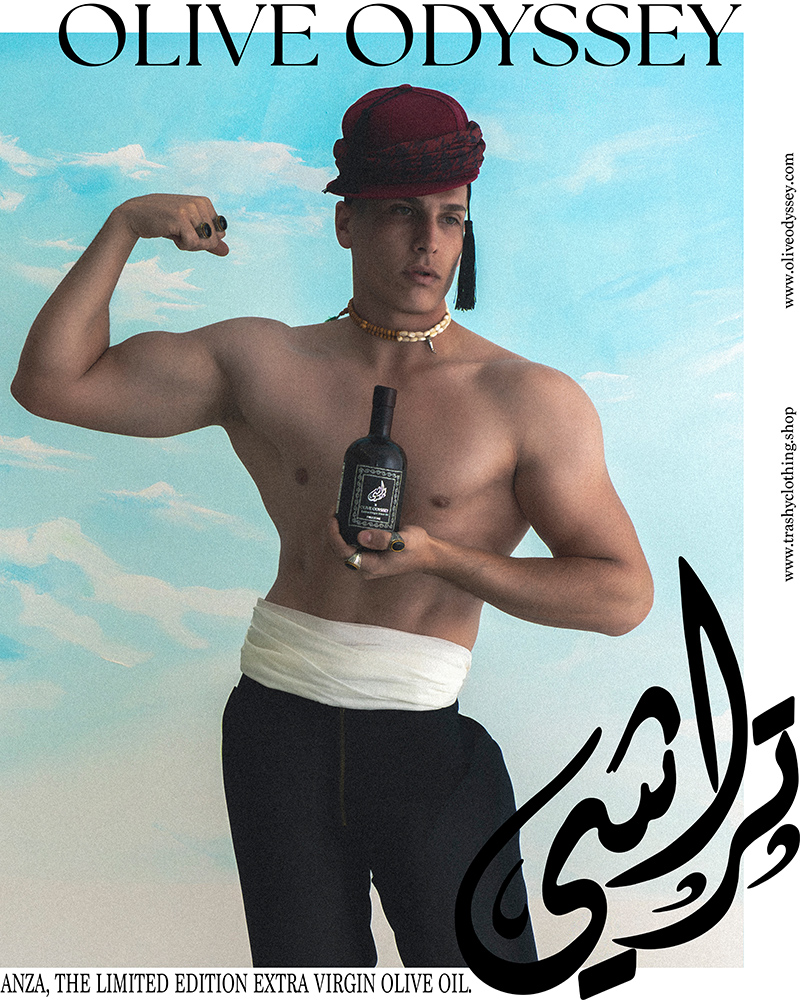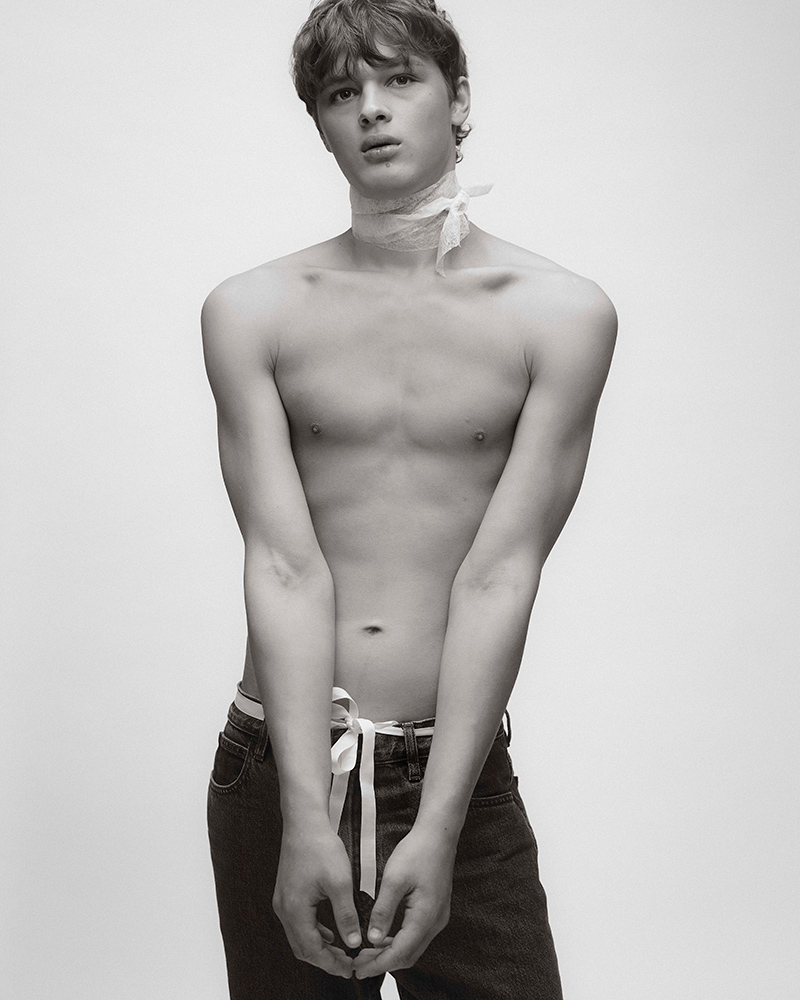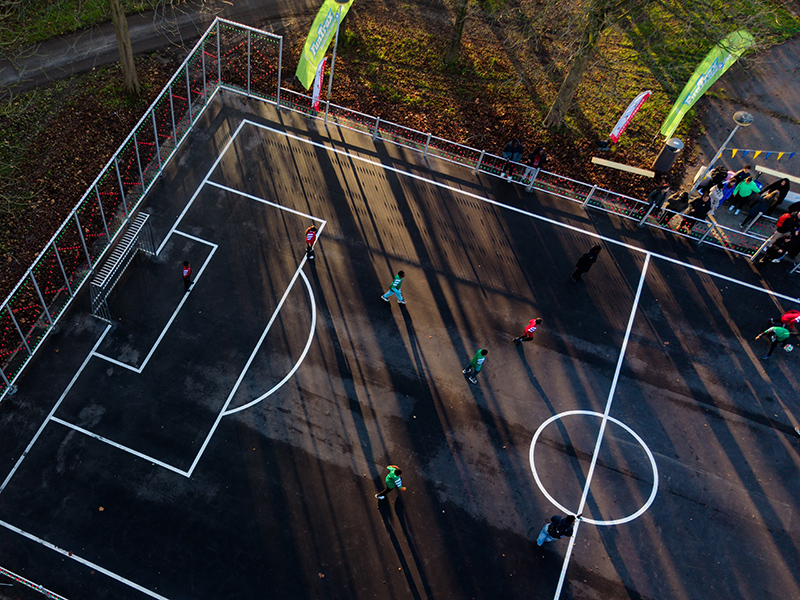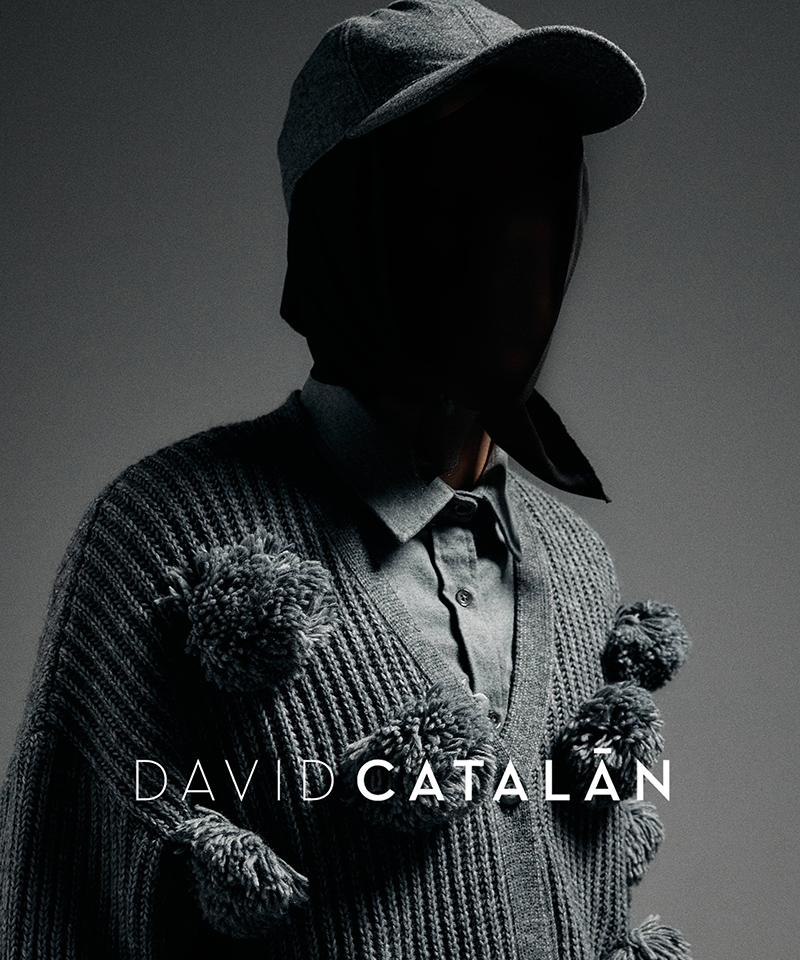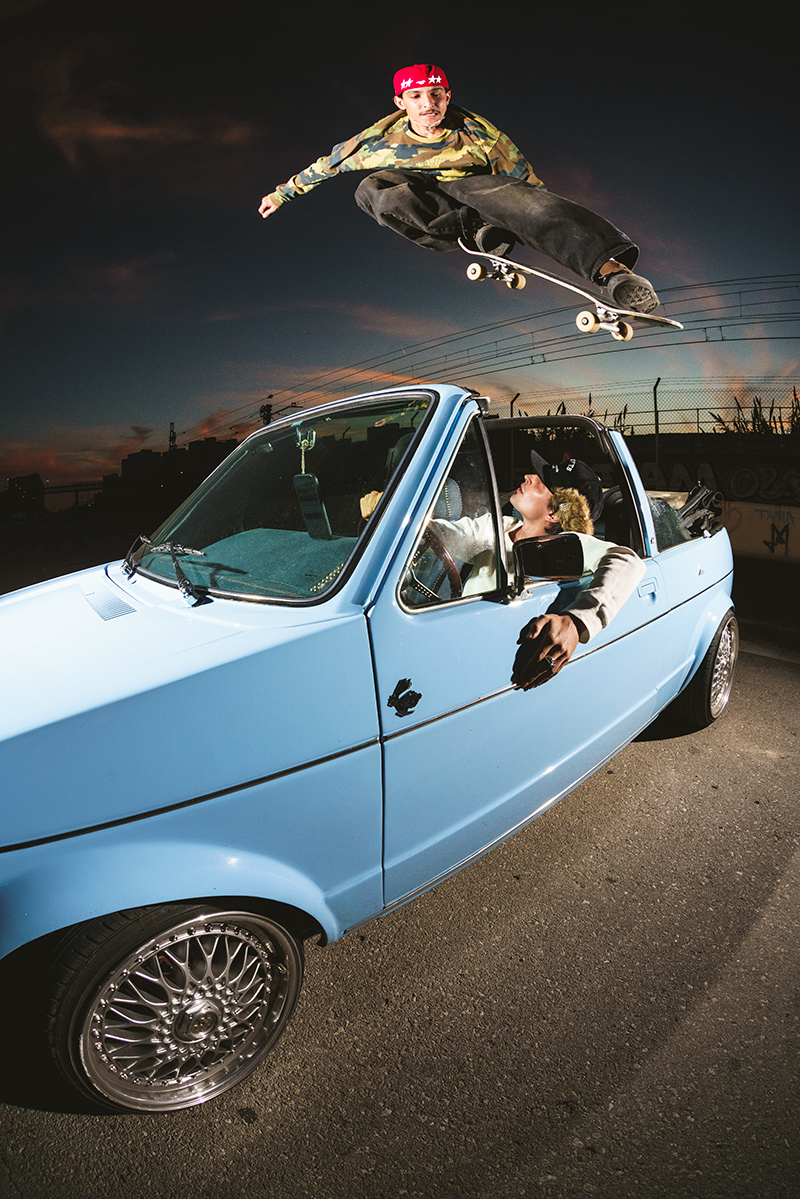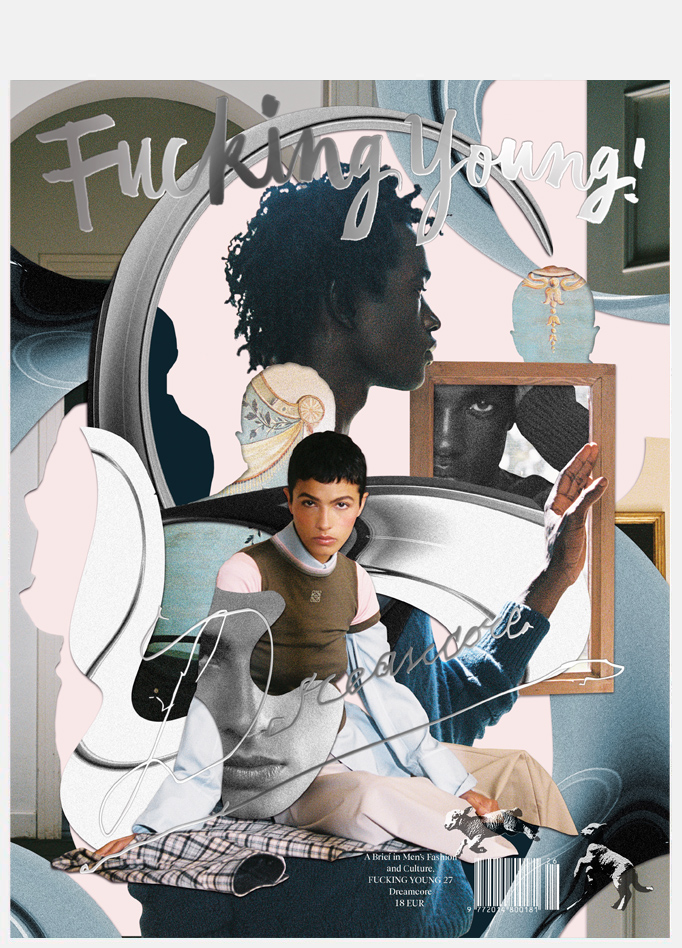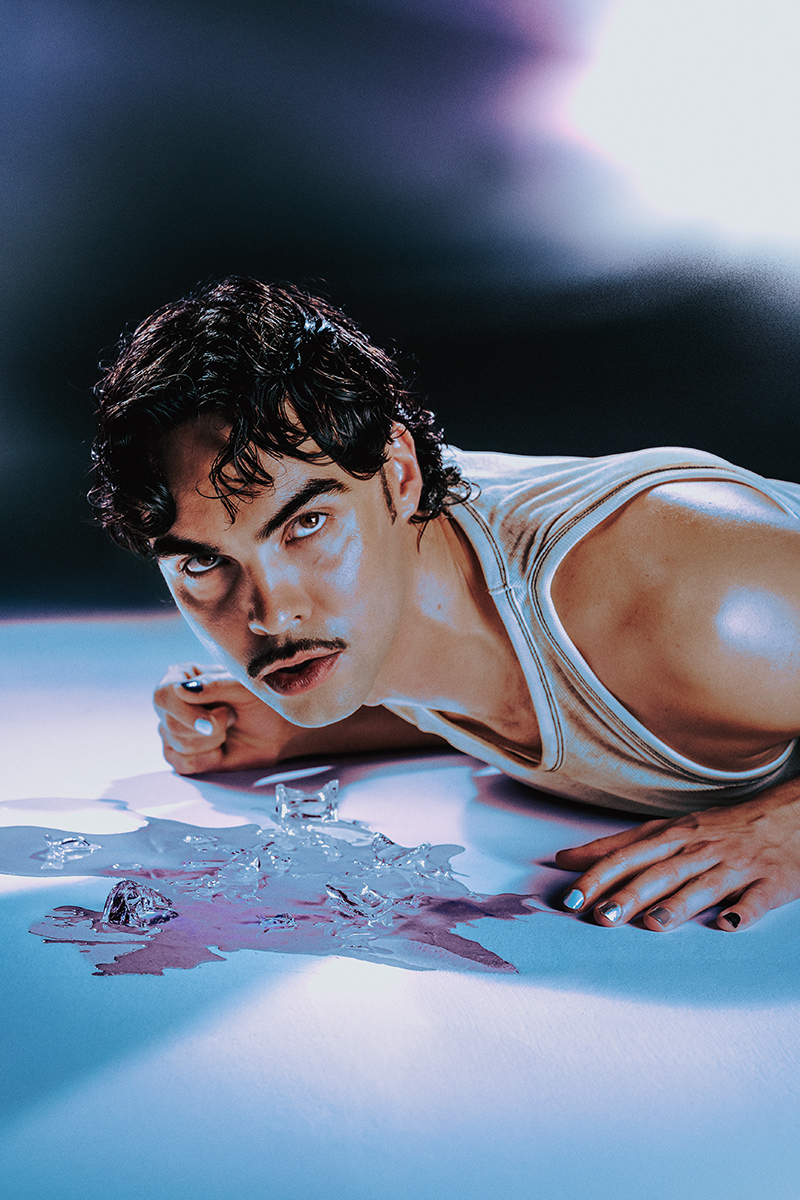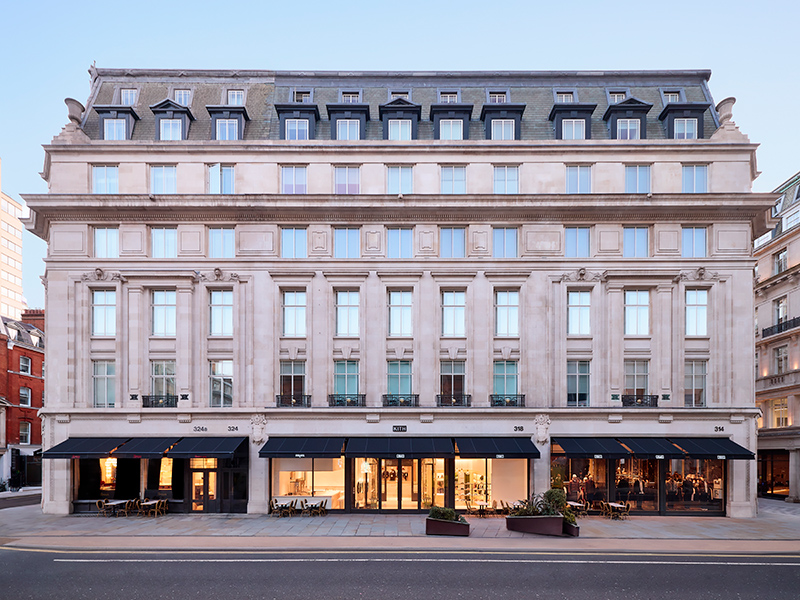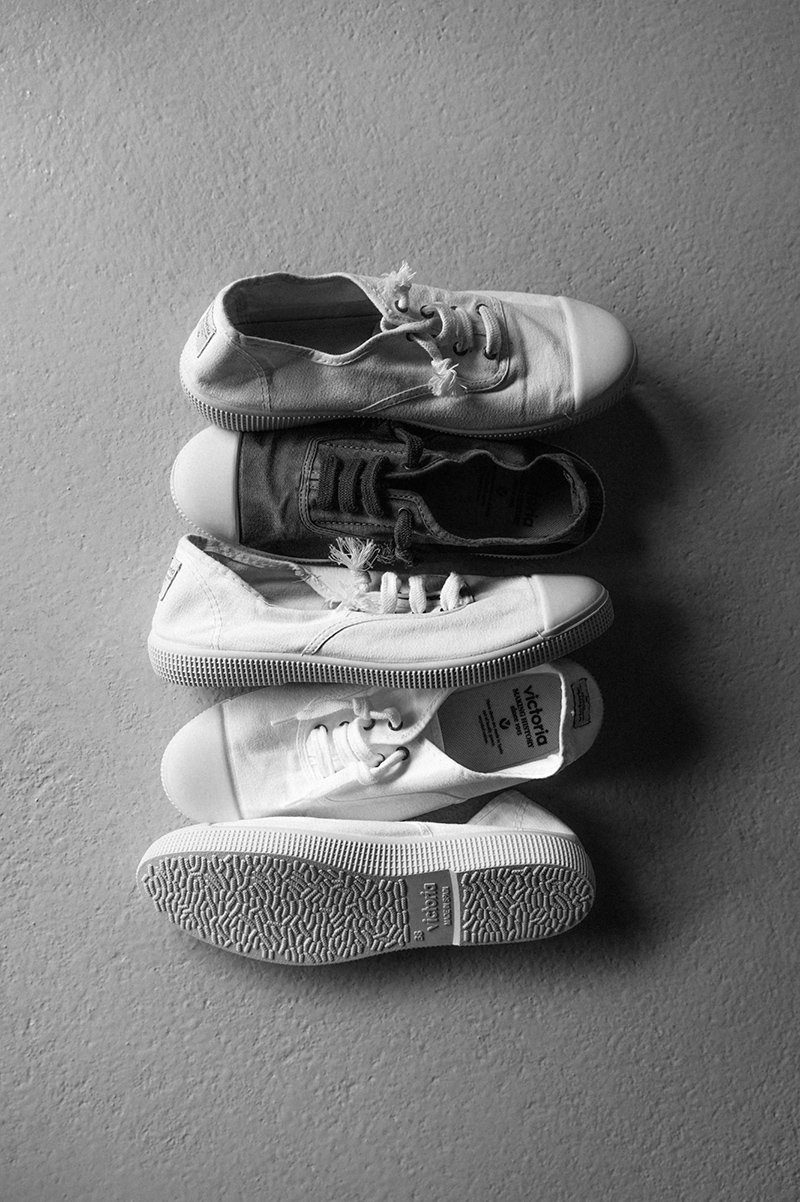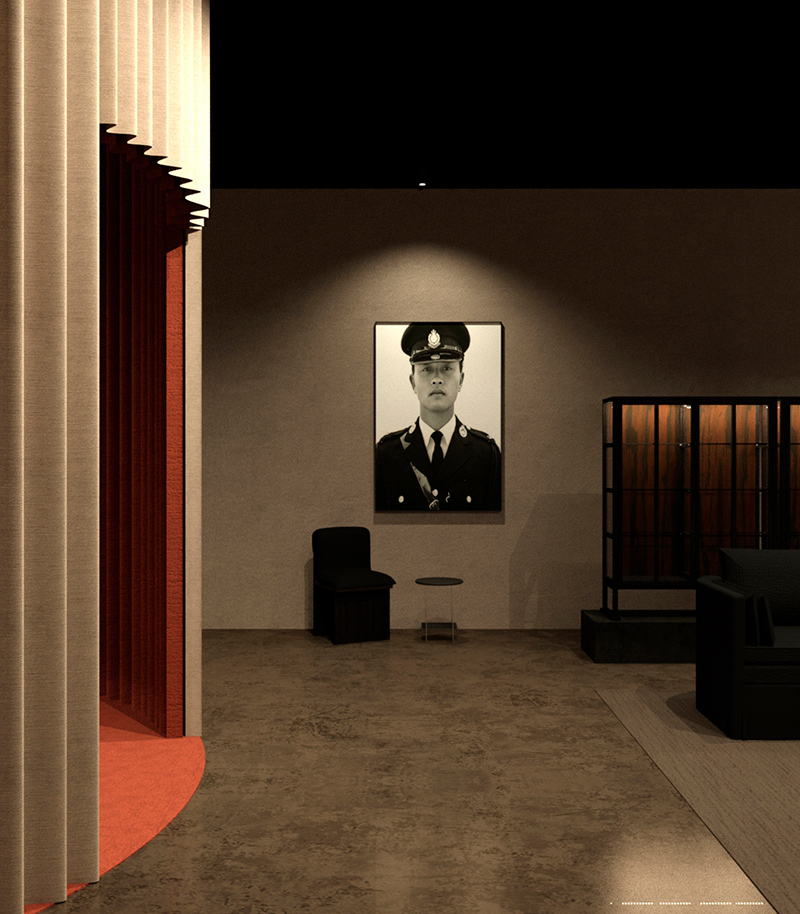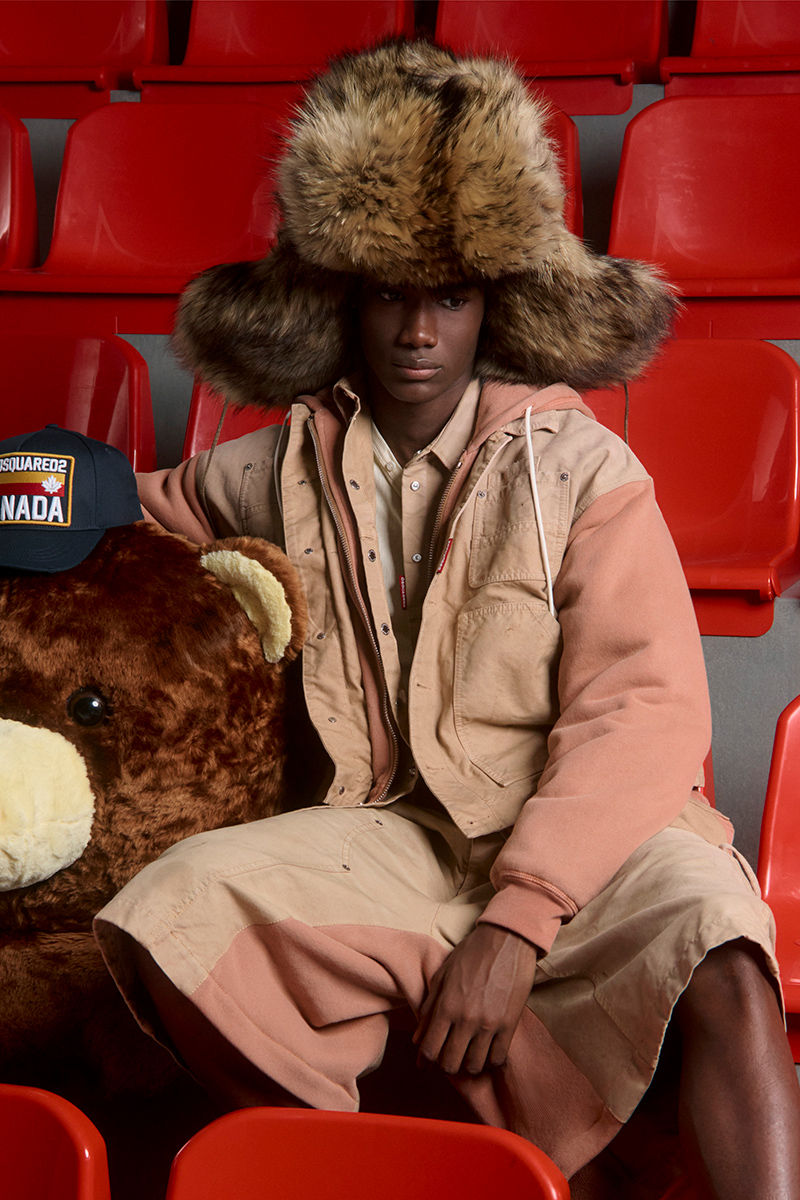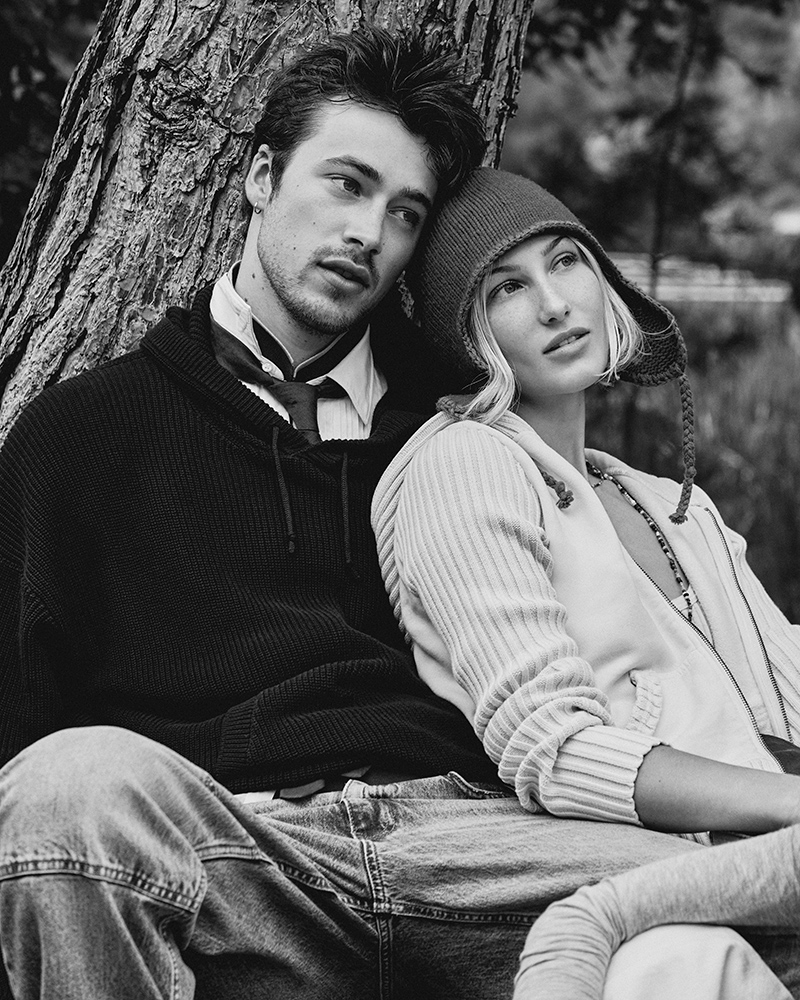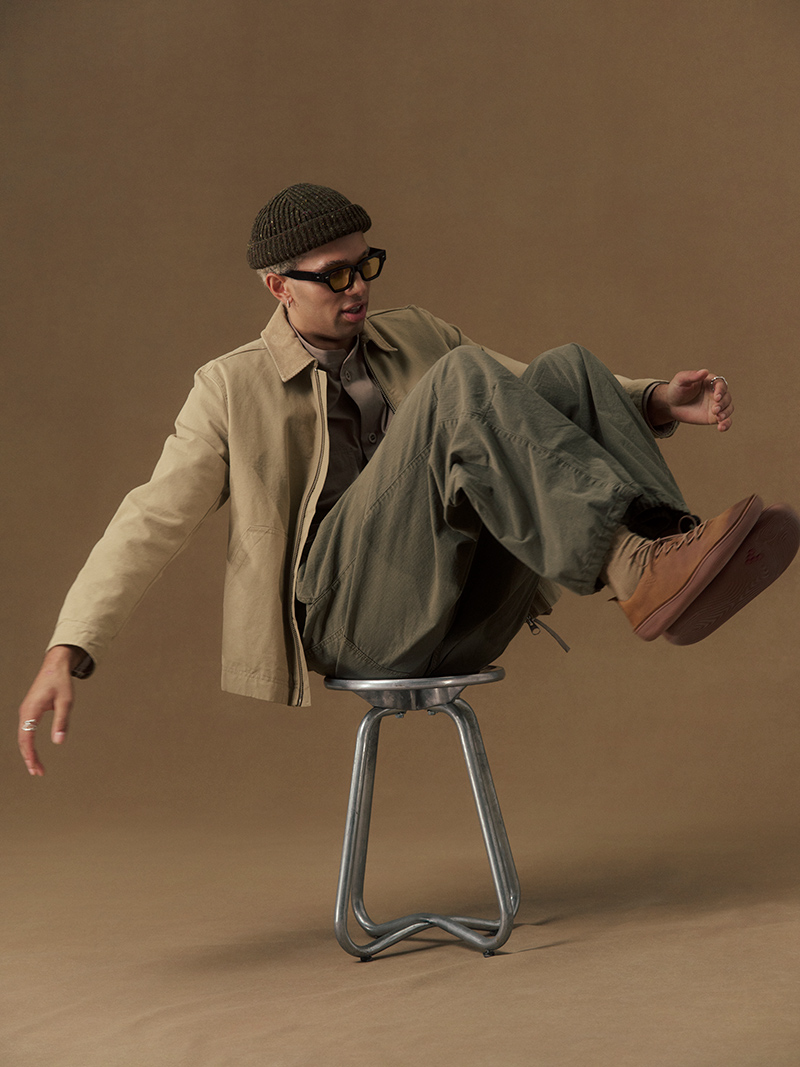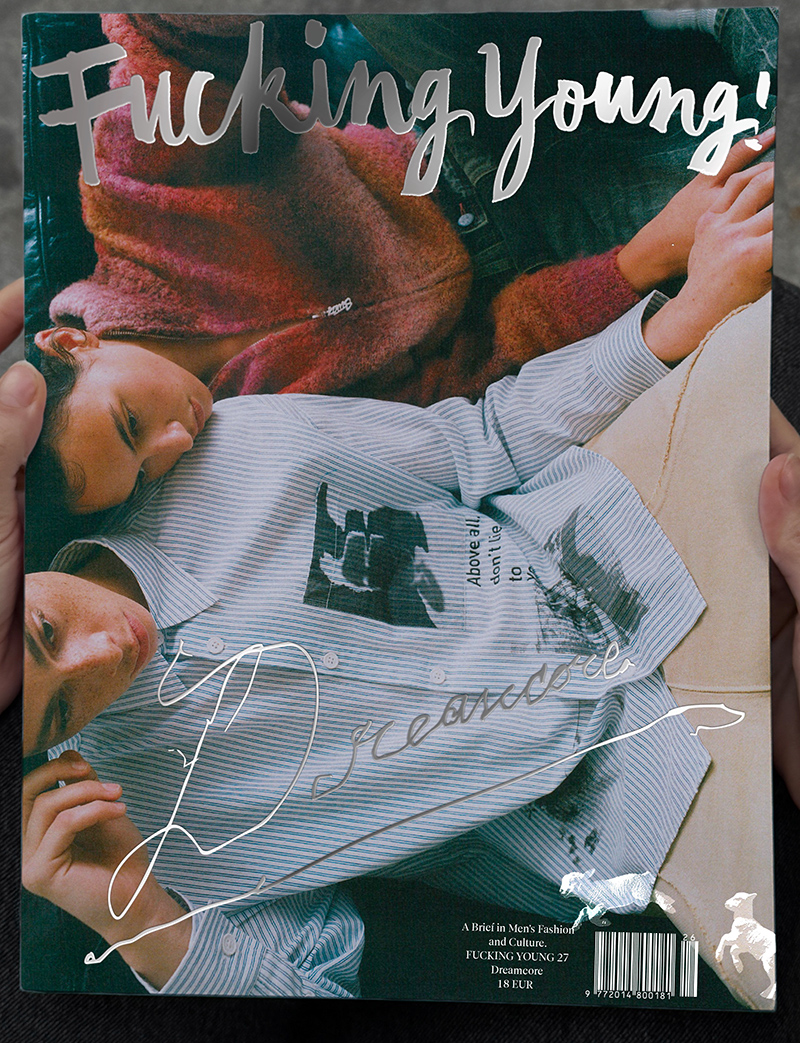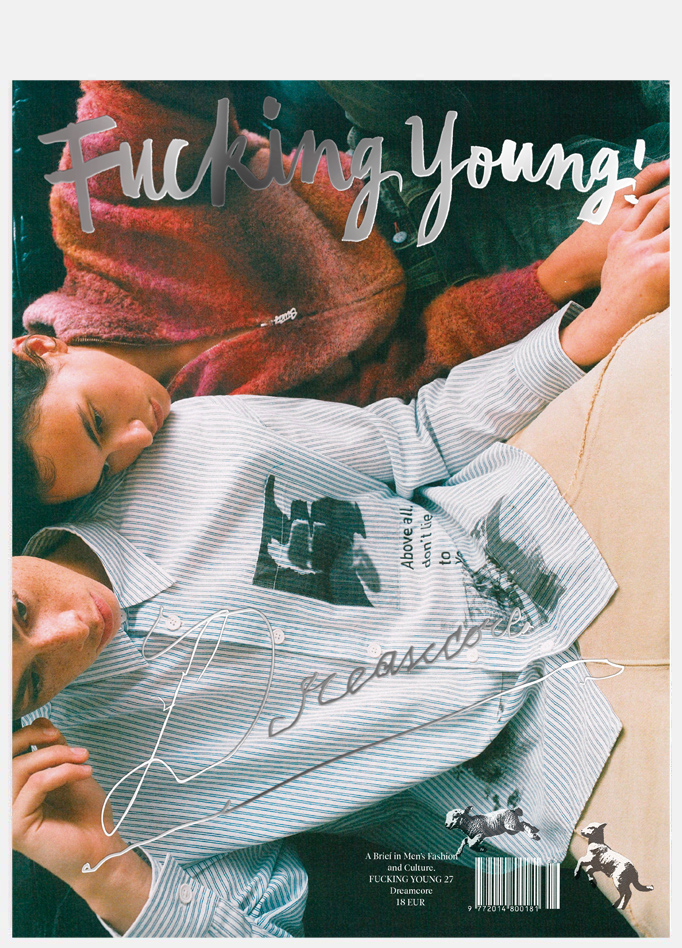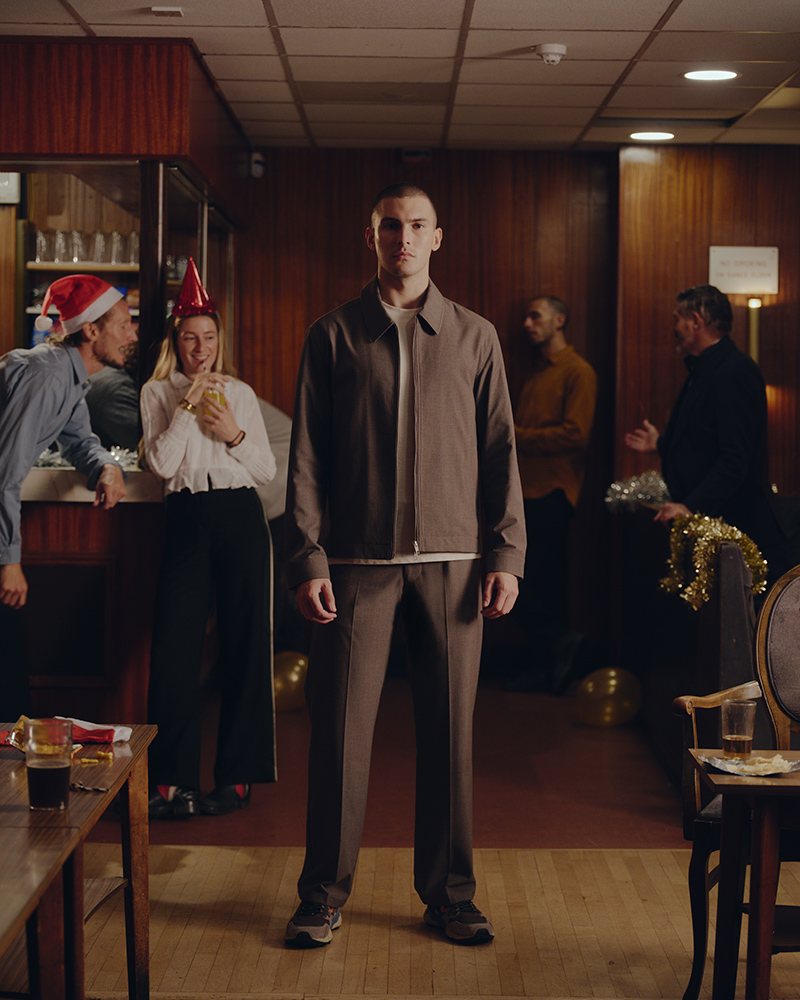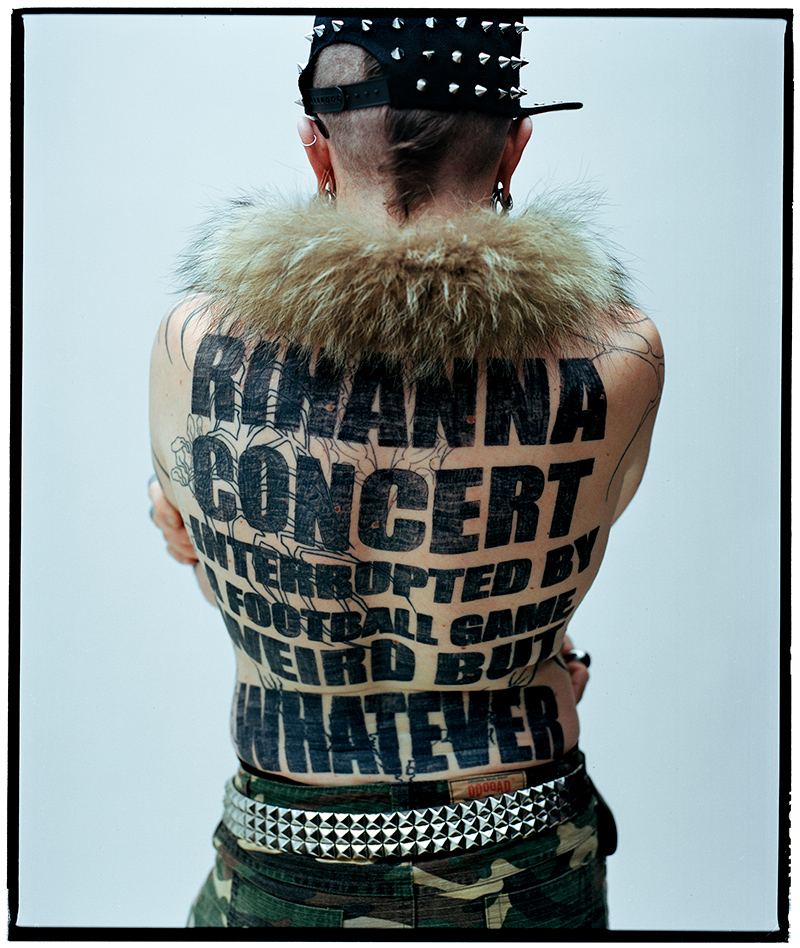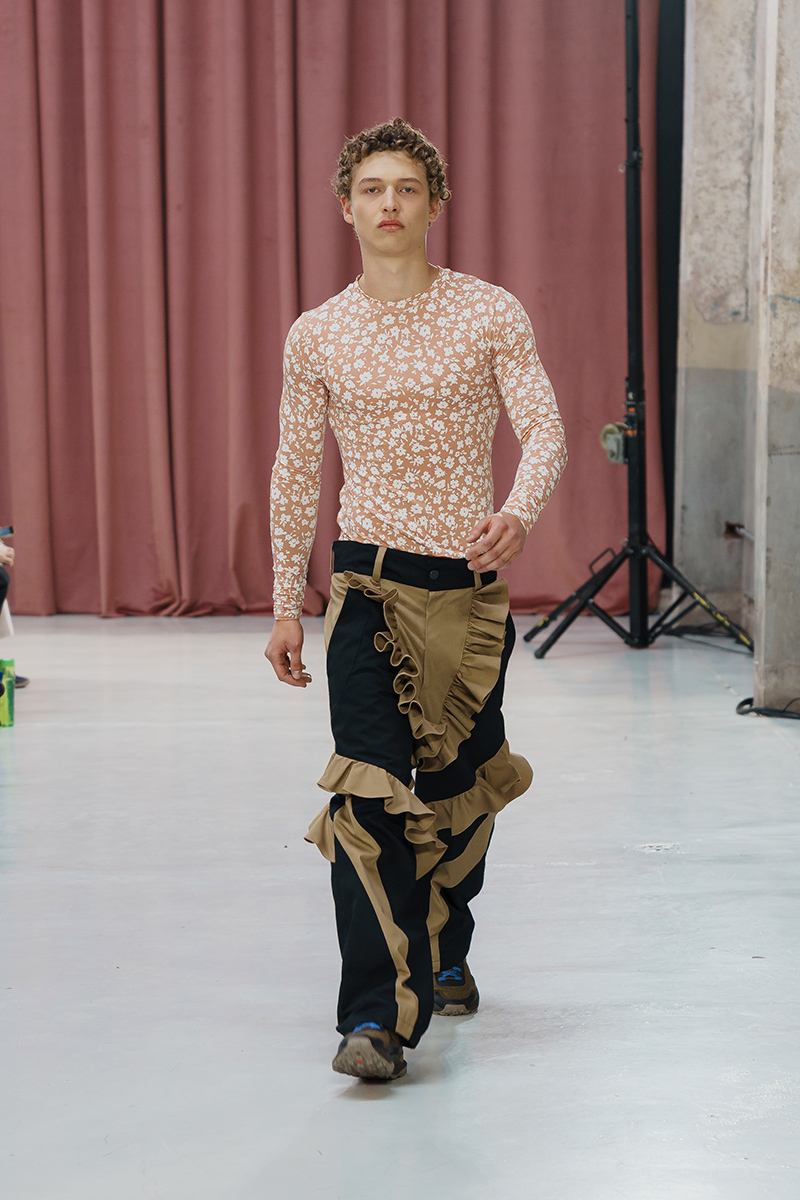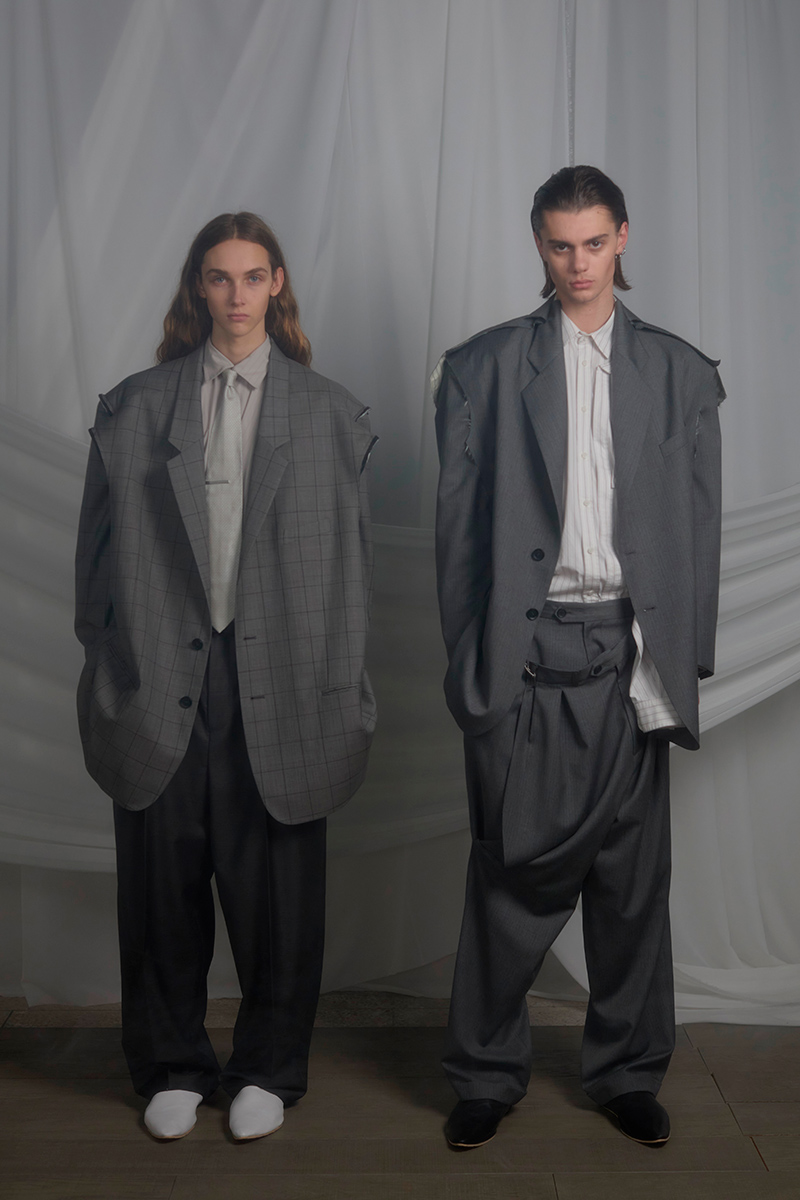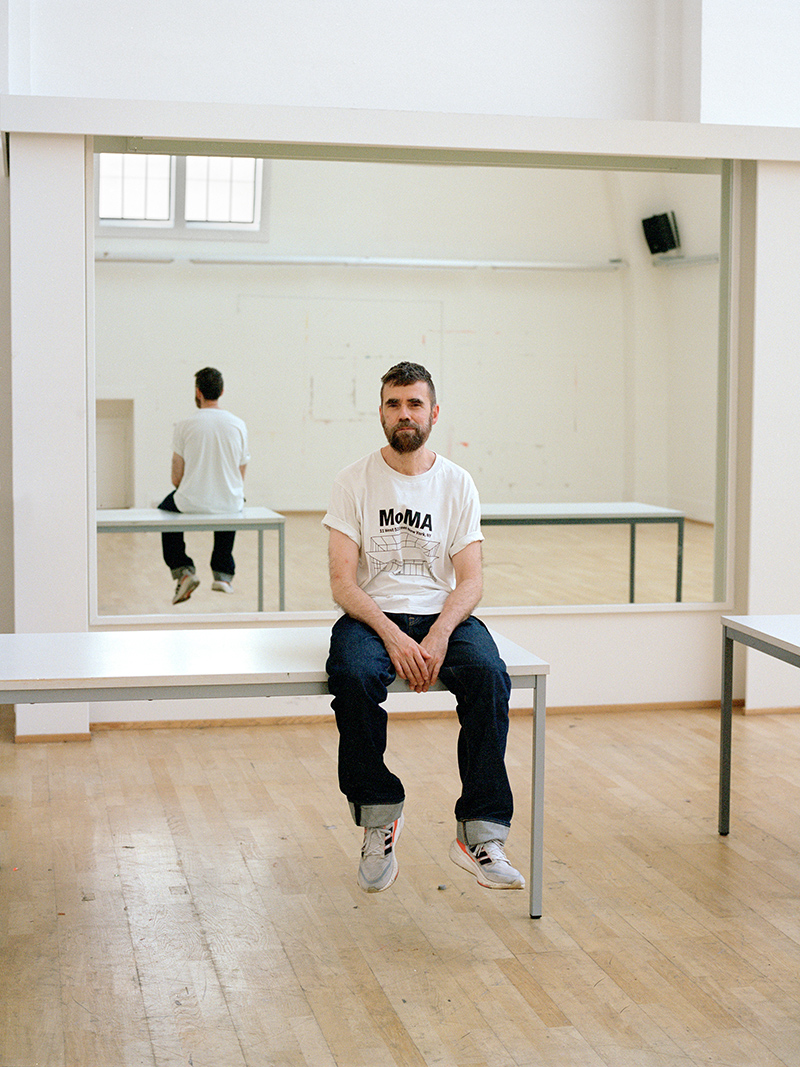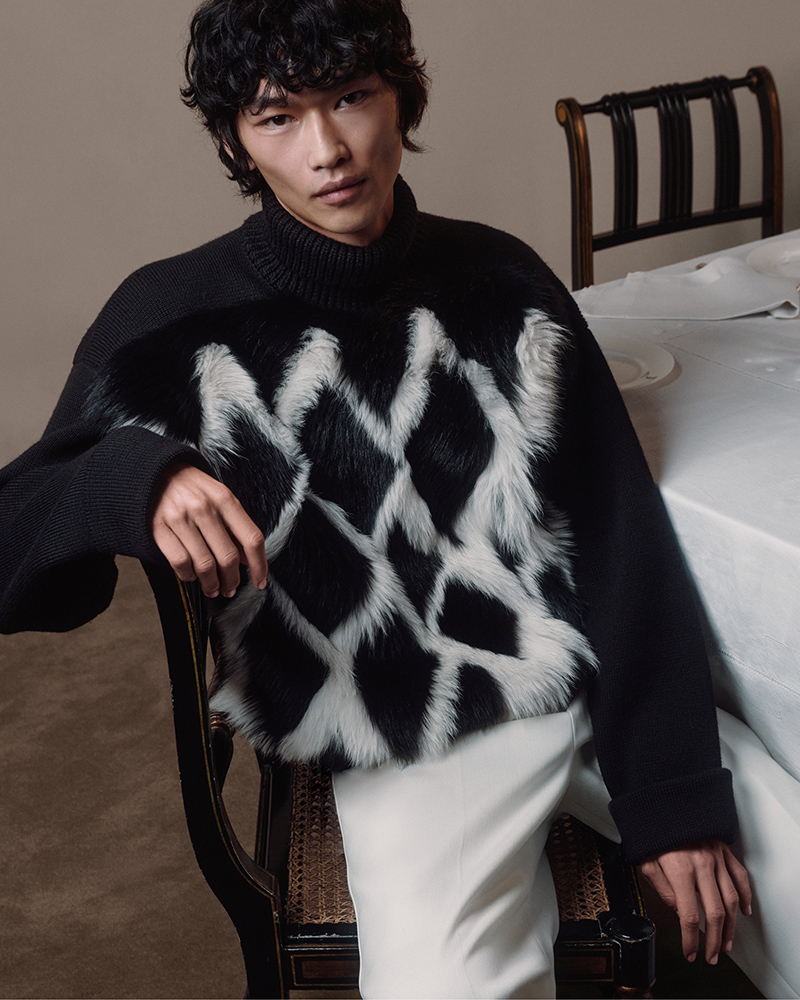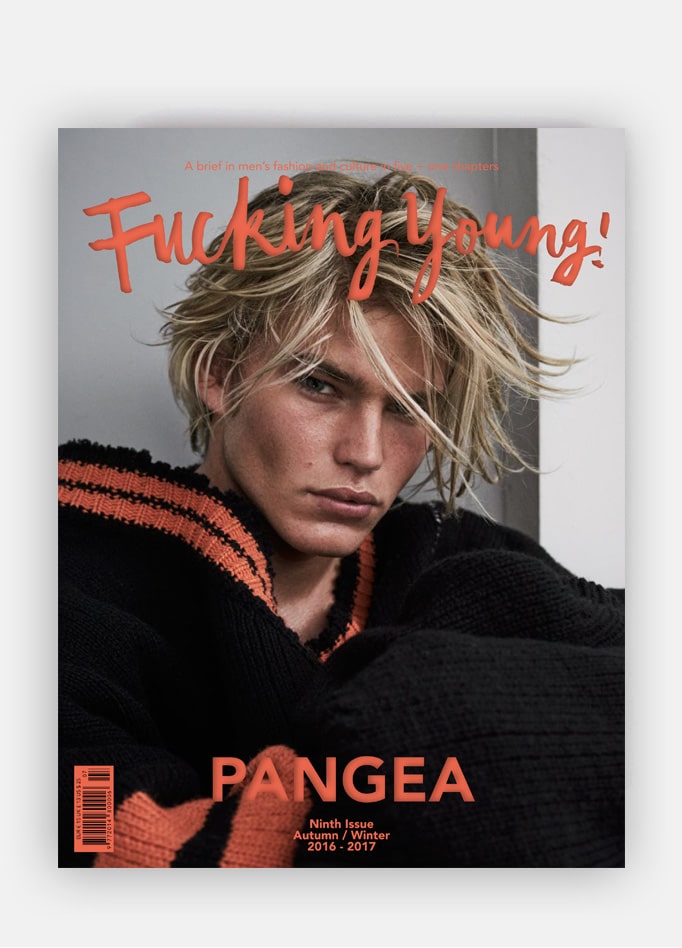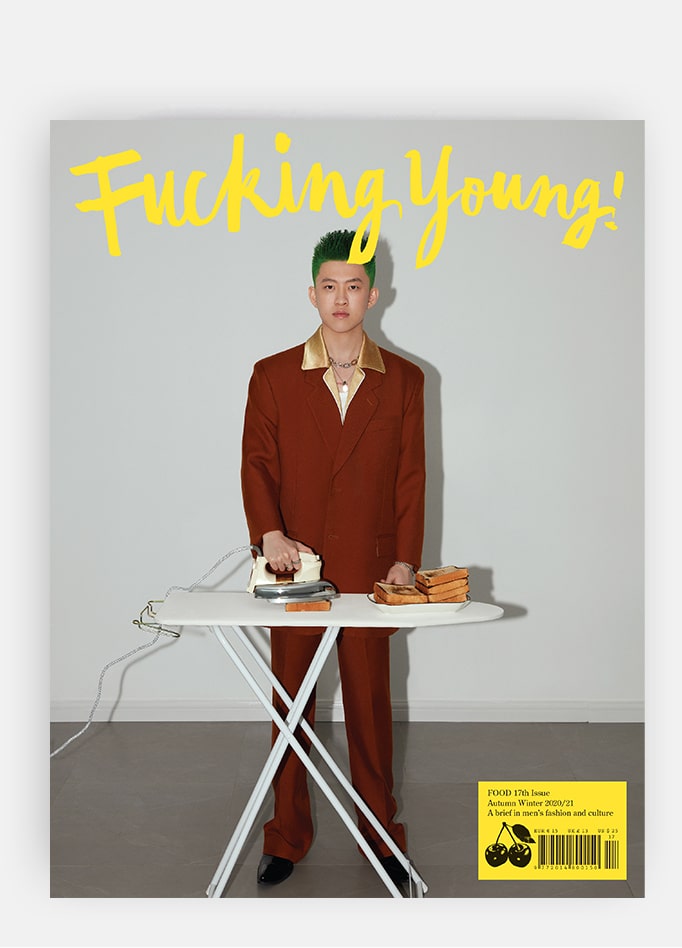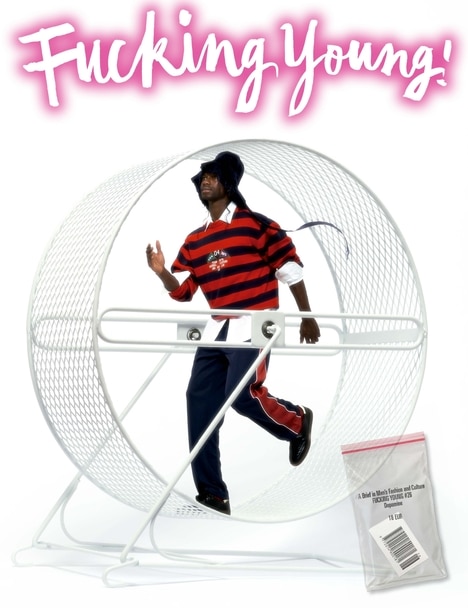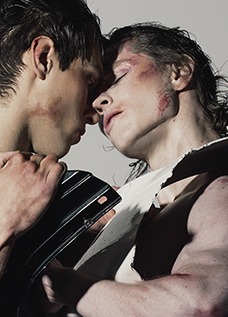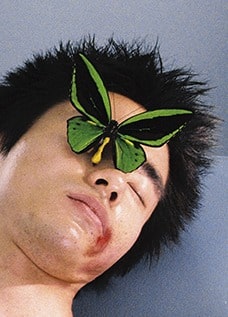Rick Owens’s first major retrospective in Paris, Temple of Love, transforms the Palais Galliera into a ritualistic sanctuary. From the moment you arrive, the façade itself becomes an altar: classical statues are draped in sequined fabric, reframing the museum’s Renaissance architecture as a silent chorus of devotion.
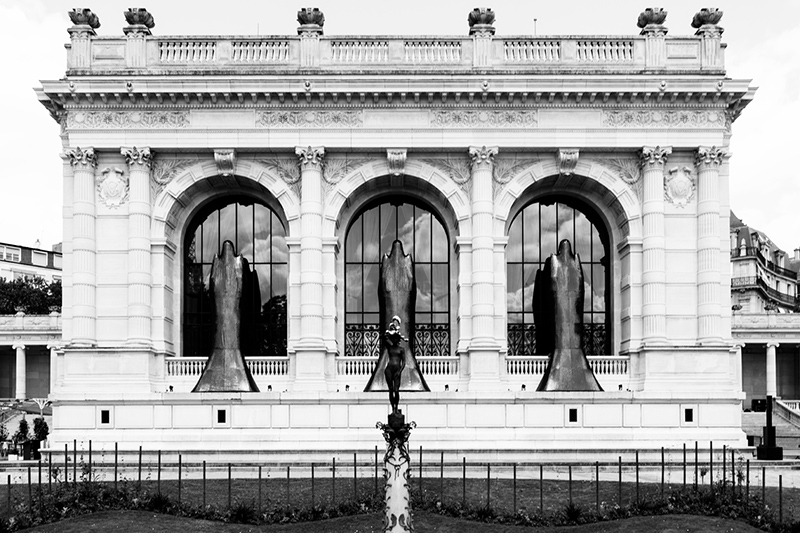
In the garden, thirty brutalist cement sculptures rise from the manicured lawn, surrounded by Californian vines and morning glories (Owens’s favorite flora), recalling his roots and deeply sculptural aesthetic. Inside, over 100 silhouettes drawn from Owens’s archives are lit with sparse, deliberate lighting. A felt-covered, sound-absorbing environment evokes an inner shrine, where garments crafted from distressed leathers, drenched jersey, and signature “dust” grey demand a spiritual attention. Rather than chronological design progression, the pieces are grouped by mood and emotion, allowing the visitor to experience Owens’s work as mythic presences rather than seasonal collections.
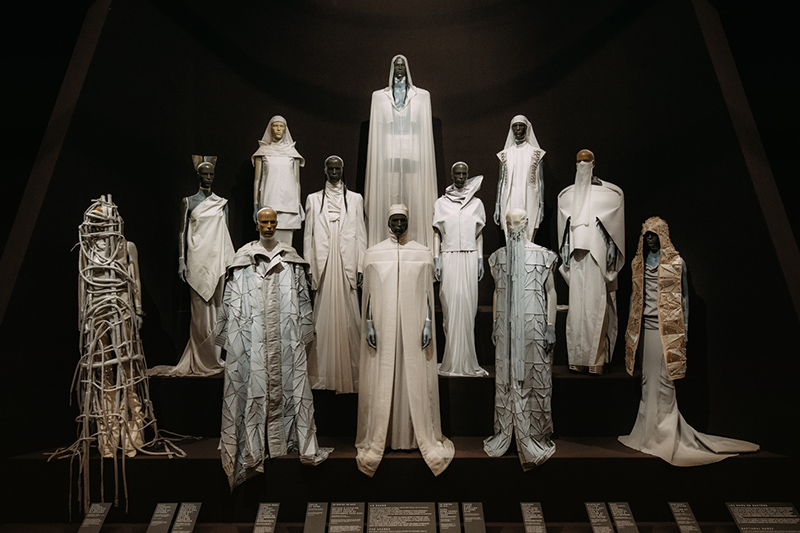
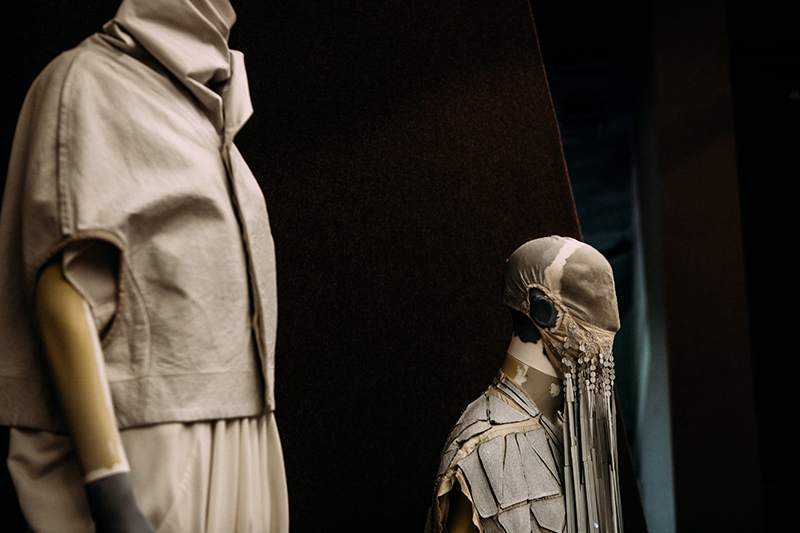
A dedicated restricted room confronts taboos head-on. Here, provocative video installations (including a looping film titled Horse) and a hyperrealistic statue of Owens urinating turn shock into sacred ritual. These powerful elements engage with themes of vulnerability, gender, and identity, and they aren’t merely provocative; they ask for reverence.
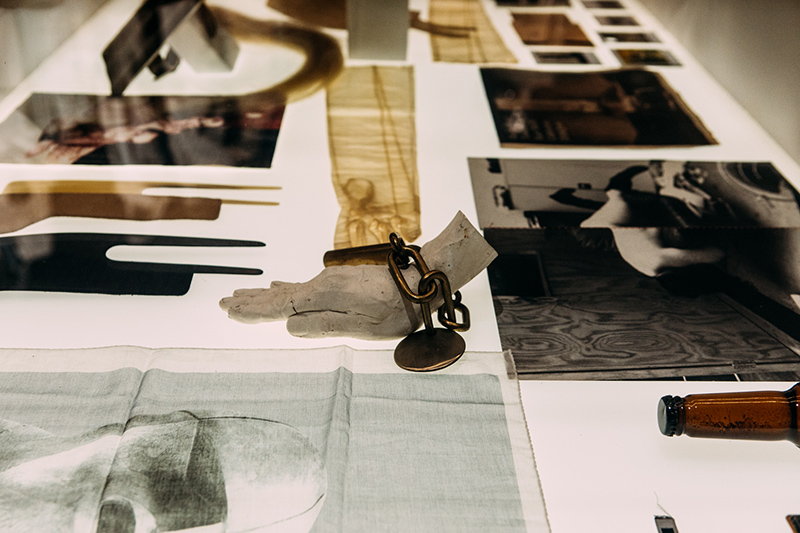
In perhaps the most intimate and moving installation, visitors enter a reconstructed version of Rick Owens and Michèle Lamy’s Los Angeles bedroom. Complete with their bed, perfumed jars, books, and cherished objects, it distills the duo’s creative synergy and shared mythology into a domestic reliquary, a space pulsating with love as creative force.
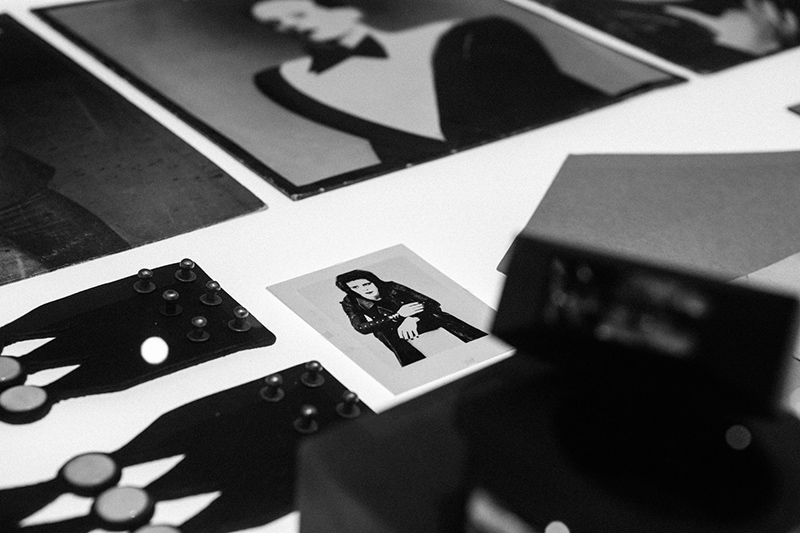
Strategically placed artworks by Gustave Moreau, Joseph Beuys, and Steven Parrino anchor Owens’s work in a broader artistic continuum. These pieces offer illuminating context, pointing to literary, spiritual, and sculptural influences that are intertwined with Owens’s aesthetic vision.
Temple of Love is more than a retrospective. It’s an immersive ritual carved from passion and resistance. It’s a declaration that fashion can be sacred, sensual, political, and deeply personal. Owens doesn’t just present garments; he ordains them. And by the exhibition’s end, you understand how fashion can function as sanctuary, provocation, and myth. This is not an easy comfort zone, but for anyone willing to surrender to discomfort, then emerge bathed in curiosity, Temple of Love offers an unforgettable pilgrimage through one of fashion’s most uncompromising spirit.
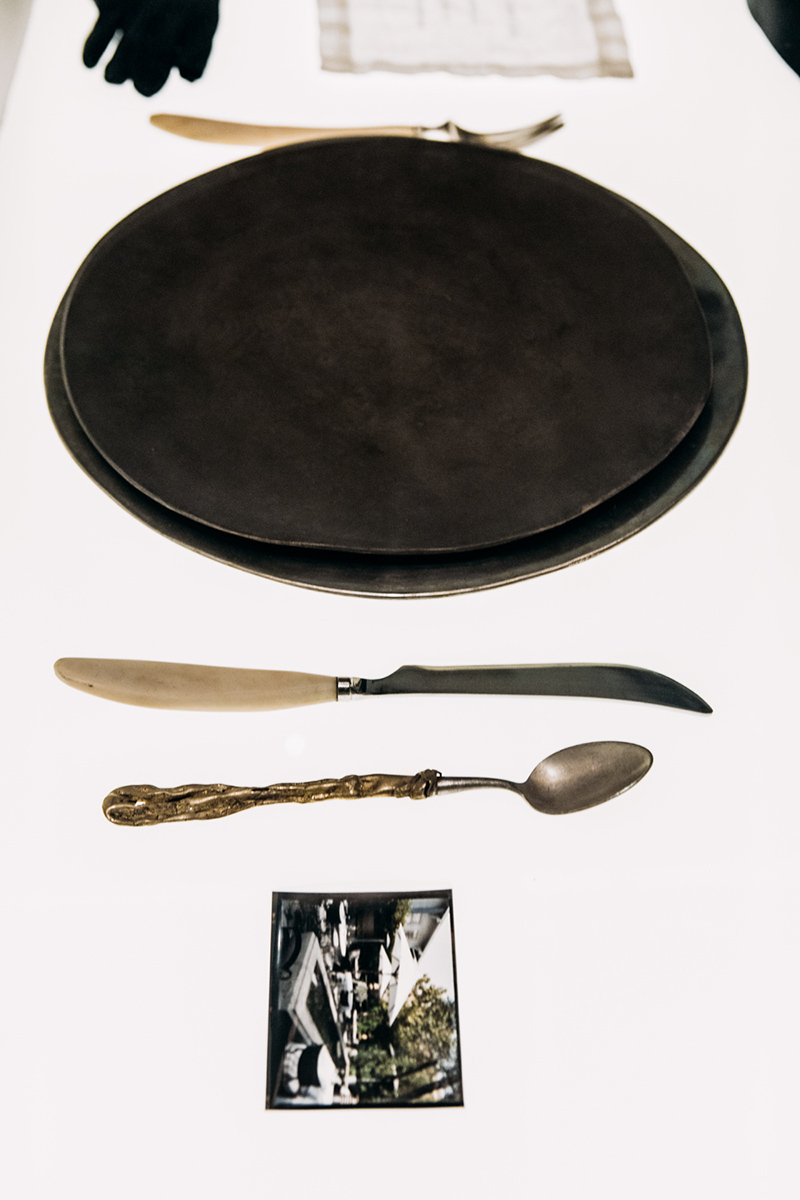
Coinciding with the retrospective Rizzoli has published a powerful and exquisitely produced catalog that acts as both an archive and manifesto of the designer’s nearly three-decade career. Clocking in at 200 pages, it is more than just a photo-heavy coffeetable book, Temple of Love is Owens’s own narrative control. He frames his work as a spiritual arena where fashion intersects with ritual, politics, and personal mythmaking. Essays by Arzalluz and Samson illuminate the synergy between the book and the museum exhibition, exploring Owens’s architecturecolored aesthetic and thematic drives such as sculptural confrontation, brutality, tenderness, and gender paradox. For fans of Owens or serious fashion-photography lovers, this volume is more than a catalog—it’s a ritual showcased in print form.
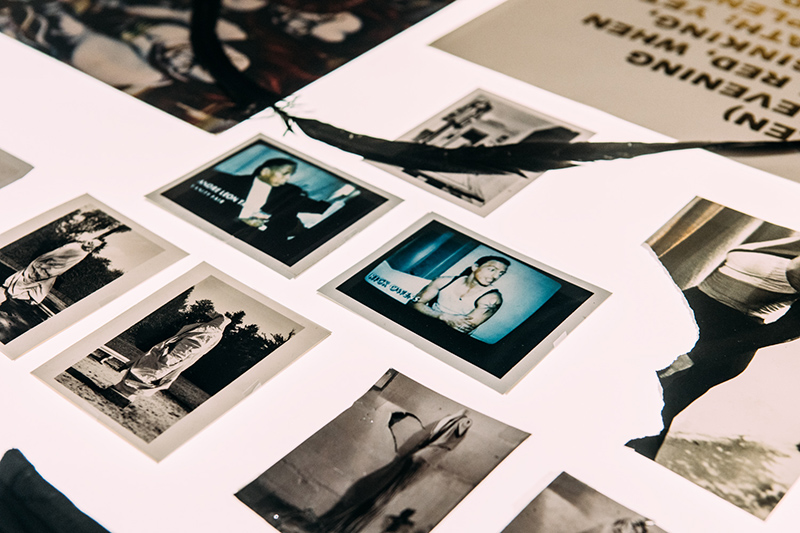
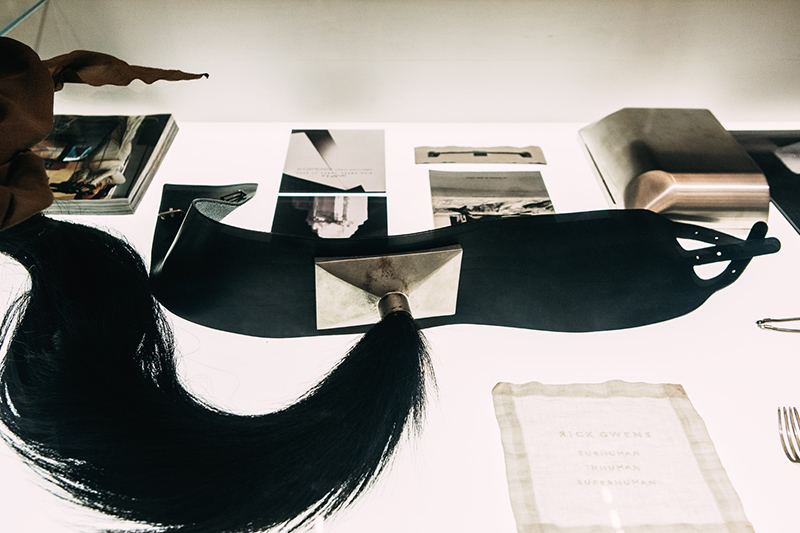
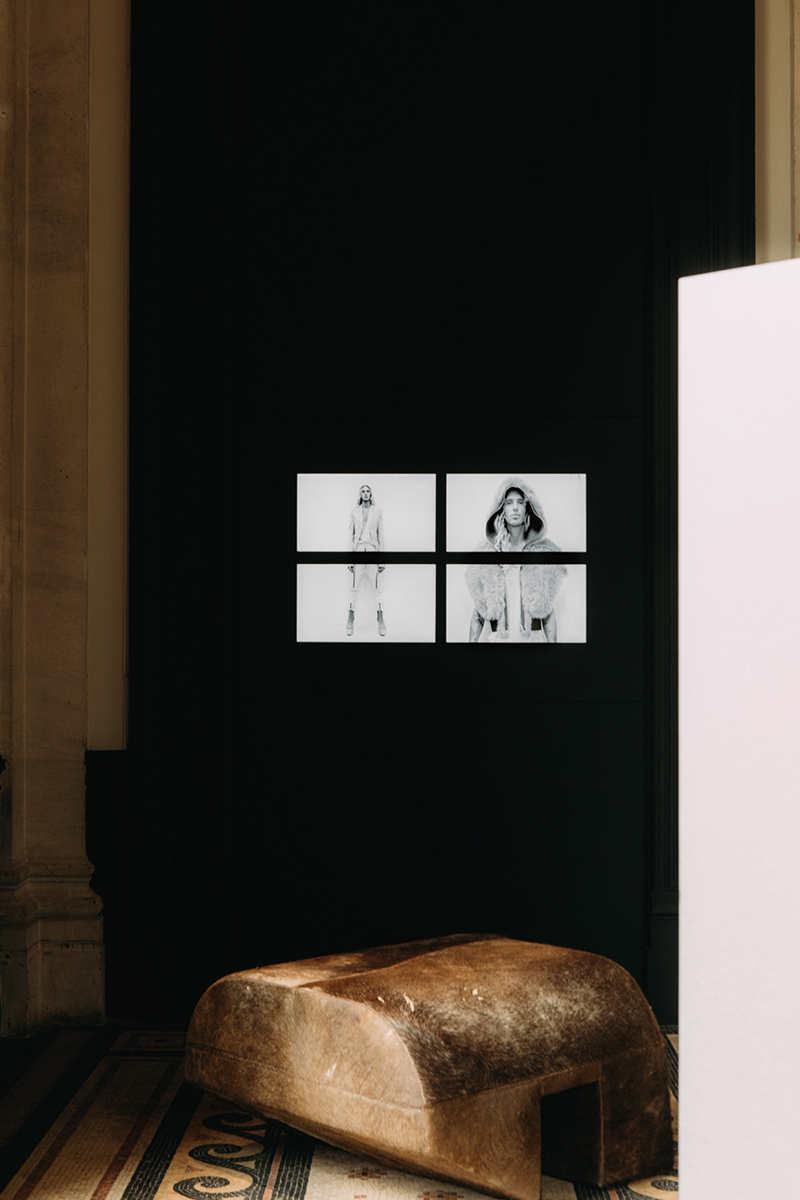
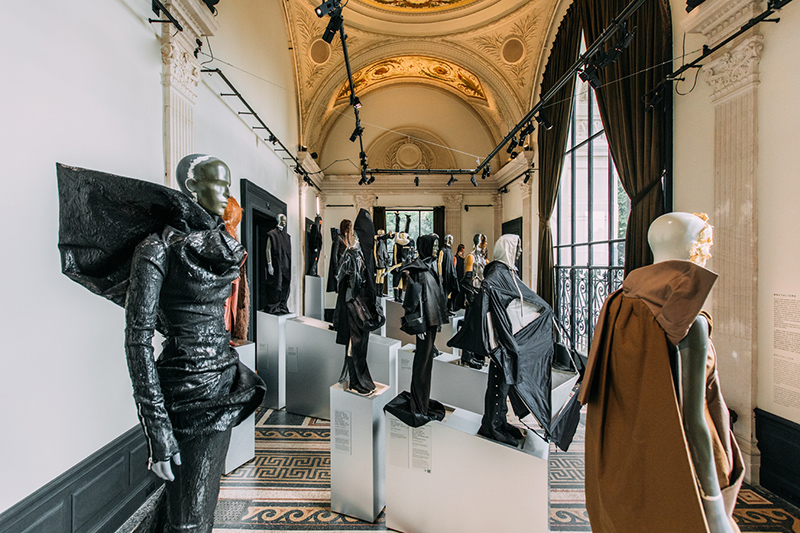
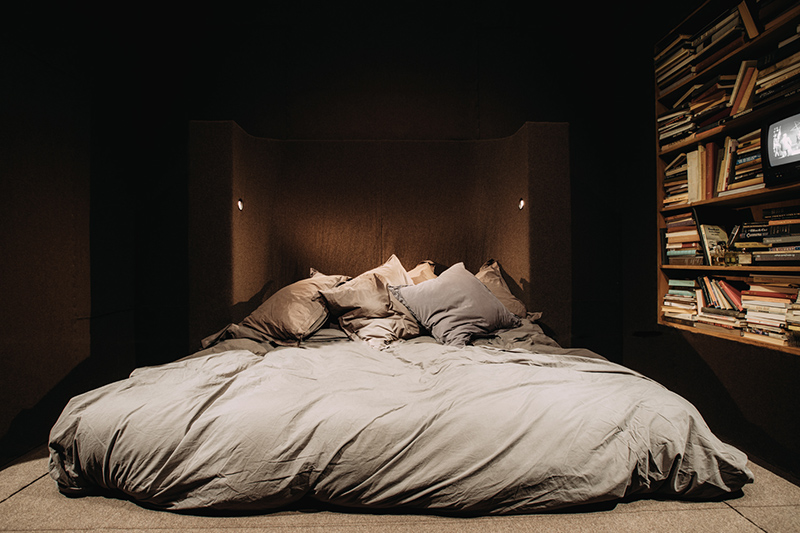
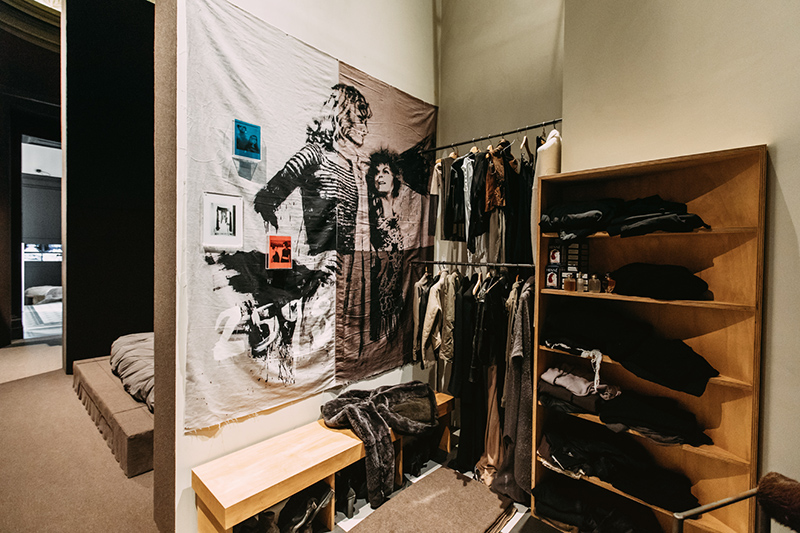
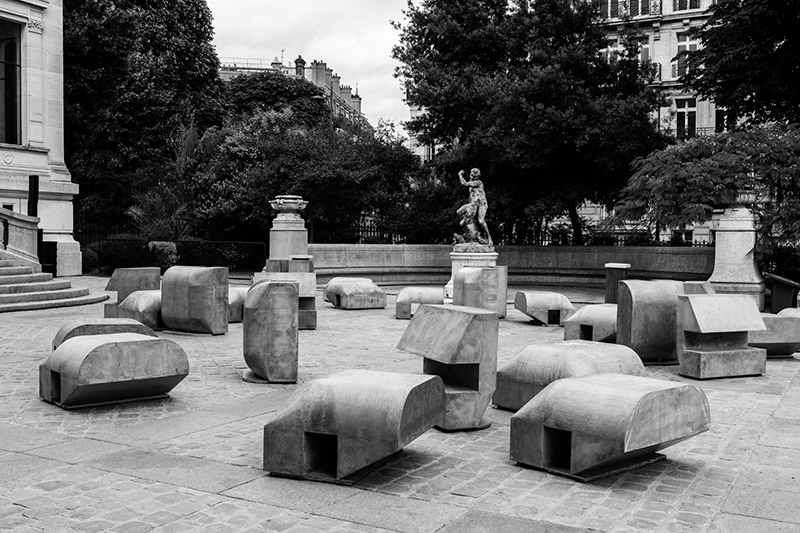
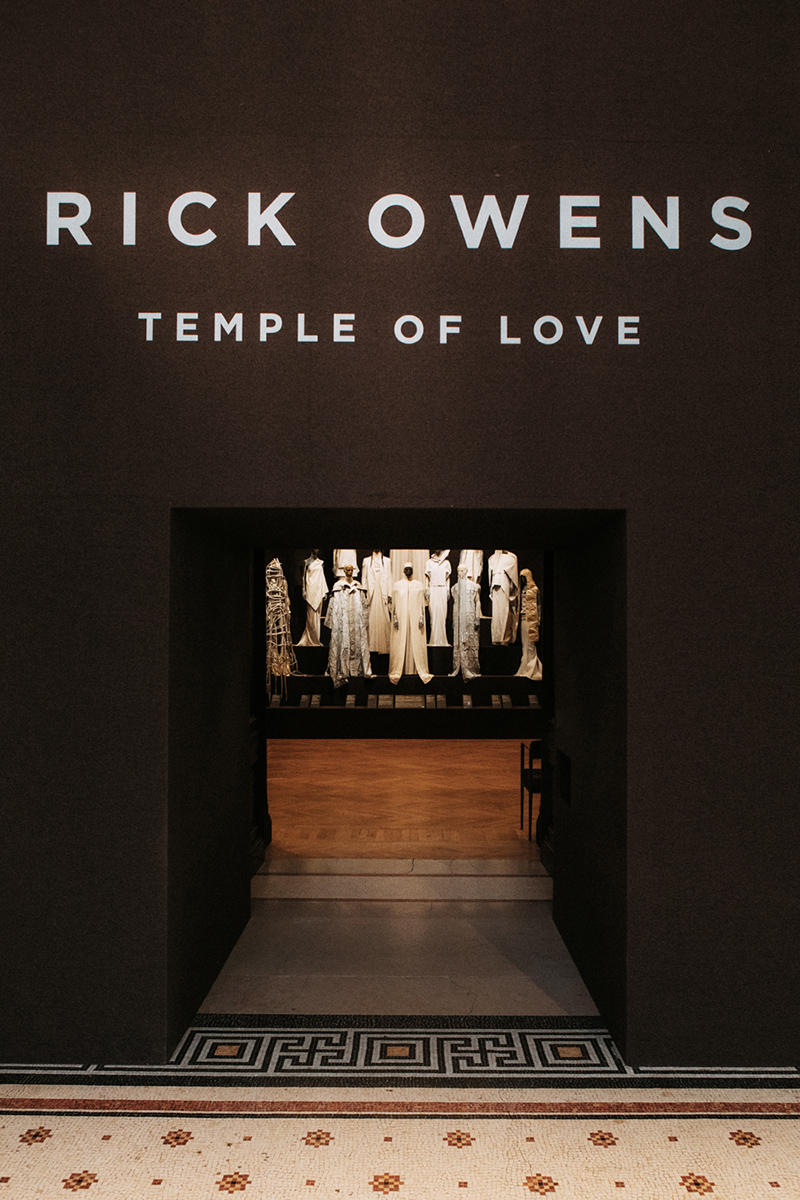
Rick Owens Temple of Love runs at the Palais Galliera in Paris until 4th January 2026.
